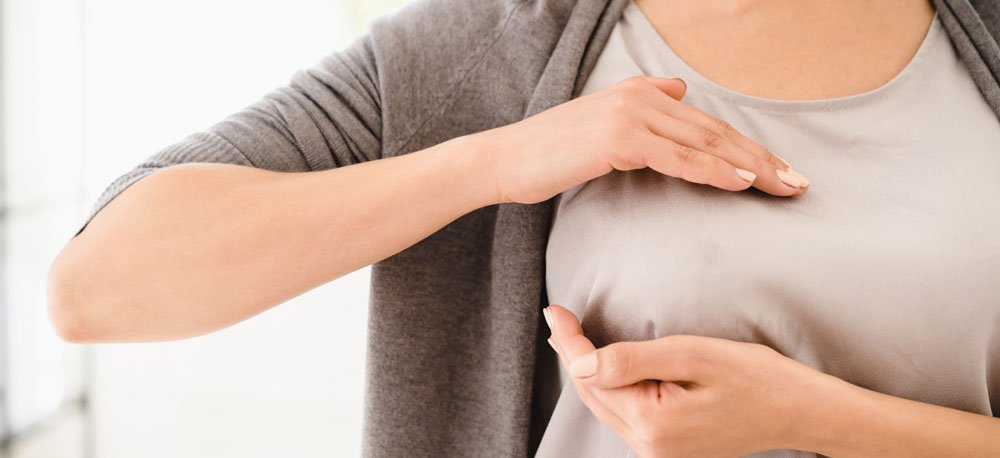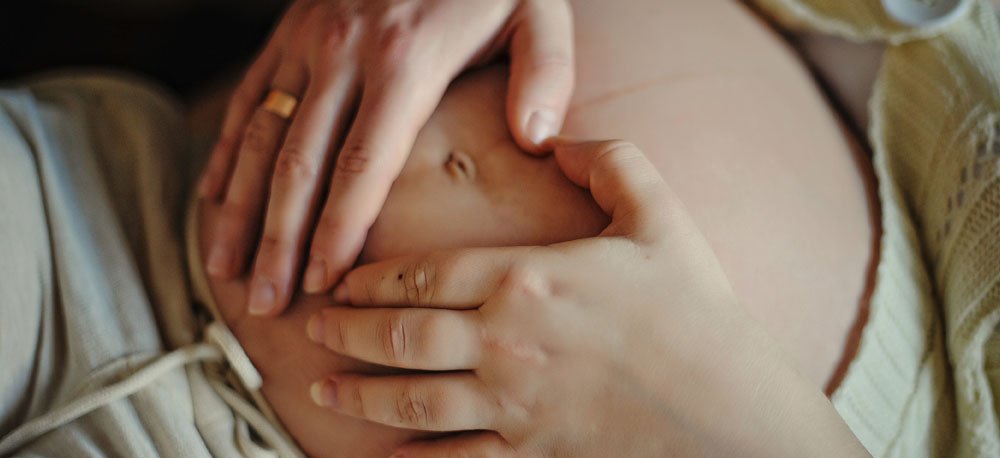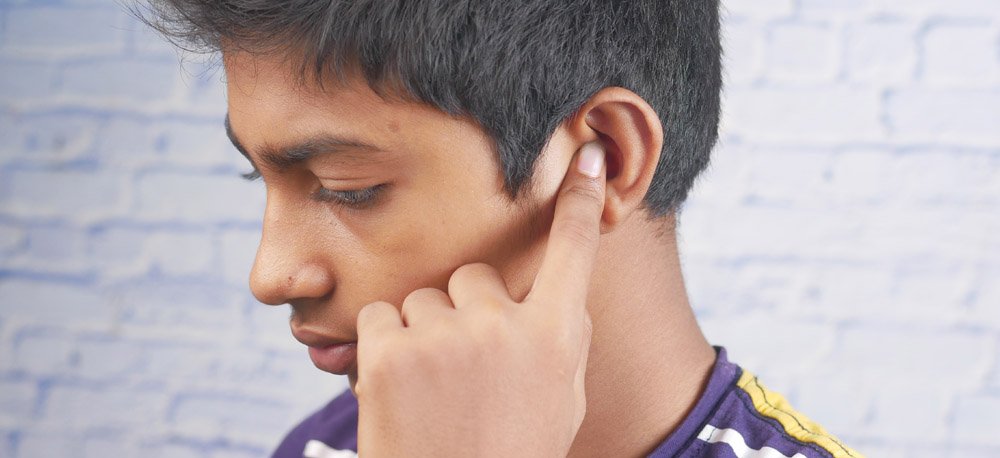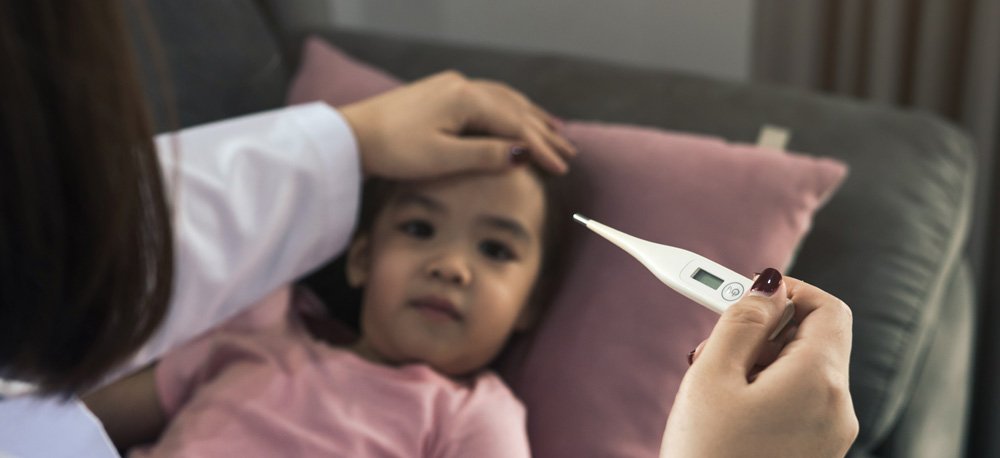-
January 11, 2022
-
0
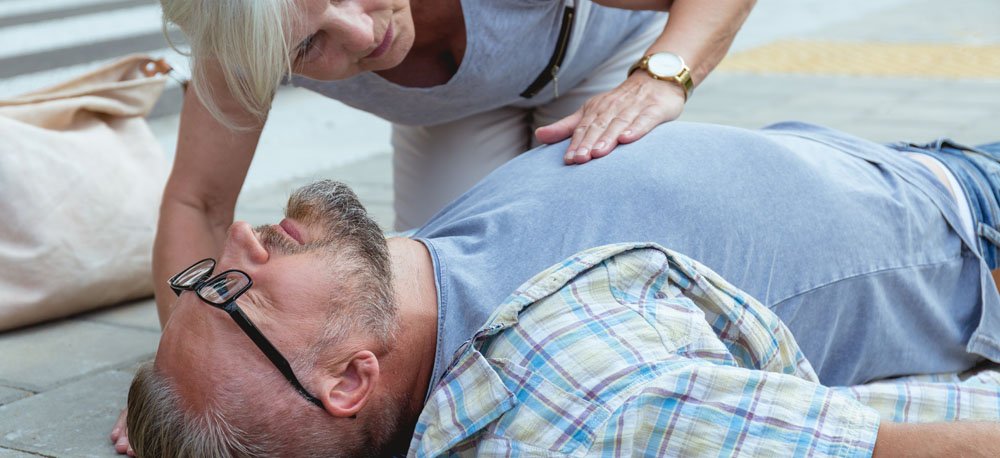

Responding to Sudden Cardiac Arrest
What is sudden cardiac arrest?
Sudden cardiac arrest (SCA) is a fast occurring and potentially life-threatening situation where the heart unexpectedly malfunctions and stops pumping blood. During an SCA, blood flow to the brain and other vital organs is disrupted. Unless medical attention is provided almost immediately, the risk of fatality increases rapidly.
A sudden cardiac arrest is different from a heart attack – an SCA is an electrical problem in the heart. A heart attack, on the other hand, occurs when there is a disruption of blood flow to some part of the heart muscle. The heart’s electrical system regulates the rhythm and rate of the heartbeat. Complications with this electrical system can cause irregularities in heartbeats known as arrhythmias. Arrhythmias can cause the heart to beat too slowly, too fast, or in irregular patterns. Such irregular heartbeats can result in the heart to stop pumping blood – these result in sudden cardiac arrest.
Patients suffering from cardiovascular conditions are at a higher risk of suffering a sudden cardiac arrest. However, SCA can occur in seemingly healthy people with no known history of heart disease or obvious risk factors to SCA.
What causes sudden cardiac arrest?
There are several risk factors that can cause irregularities in heart rhythms leading to a sudden cardiac arrest:
- Scarred or thickened heart muscle from coronary artery disease, prior heart attack, cardiomyopathy, viral infections, hereditary conditions, and other conditions that can damage and scar the heart tissue.
- Electrical abnormalities
- Poorly managed heart failure
- Coronary artery disease
- Blood vessel complications
- Use of recreational drugs
- Cardiomyopathy
- Family history and genetic conditions
- Smoking
Signs and symptoms of a sudden cardiac arrest
In order to respond to a sudden cardiac arrest, it is important that you are able to recognise the symptoms in this emergency situation. Watch carefully for signs such as:
- Lack of consciousness/ sudden loss of responsiveness: The person is not conscious, is collapsing, has collapsed, or isnot able to respond to your query when you ask if he or she is okay.
- Lack of pulse: During SCA, the heart stops beating and you may not be able to feel a pulse.
- No or abnormal breathing: The person may be breathing weakly or not at all.
How to respond during a sudden cardiac arrest (SCA)?
In the event that you observe the abovementioned symptoms in a person, you must act quickly and follow these steps immediately:
- 1. Check for responsiveness: Ask the person if they are all right and tap them to check for any signs of response. If the person is not moving, speaking, able to blink or react to your question in any way, and is unresponsive, follow through with the following steps.
- 2. Alert people around you and call for emergency medical services immediately. You can call 108, 102, or 112 for medical emergency help in India.
- 3. If the person is not breathing at all, perform cardiopulmonary resuscitation (CPR).
- 4. To administer CPR:
- Clasp your hands together and place both your hands on the person’s breastbone.
- Push hard and fast in the centre of the chest, making the chest move inward about an inch.
- Push fast and at a controlled rate of 100 to 120 pushes a minute, and let the chest resume a normal position after each push. (Pushing to the beat of the song Staying Alive will get you approximately the 100-120 pushes.)
- Continue performing CPR until medical help arrives or an AED is made available.
- 5. Use an automatic external defibrillator (AED) if available: A portable defibrillator comes with a mechanism for voice commands that gives you step-by-step instructions. AEDs are designed to provide audible commands to an untrained person at a time of cardiac emergency. The AED will diagnose the rhythm of the person’s heart before delivering a shock. The electric shock to restore normal heart rhythm will be delivered by the AED only if the person is suffering a cardiac arrest
- 6. In case there is no AED available and you are still waiting for emergency medical help to arrive, continue delivering CPR.
Most people who have suffered a sudden cardiac arrest survive if they receive help very quickly. The fatality rates of SCAs, however, are very high – 95%. Most fatalities occur because the person is alone, the people around did not know CPR or call emergency medical help, or if the emergency medical help does not arrive within the 10 minutes to avoid brain death. Though such statistics may seem discouraging, a healthy lifestyle with regular exercise, a balanced diet with low sugar and oil, and avoiding habits such as smoking and drinking go a long way in preventing heart disease and cutting risks of sudden cardiac arrests. For more information regarding your heart health and risks of cardiac disorders, book an appointment with the best cardiologists in Bangalore at the Sagar Heart and Vascular Institute.
Contact
JAYANAGAR
BANASHANKARI
